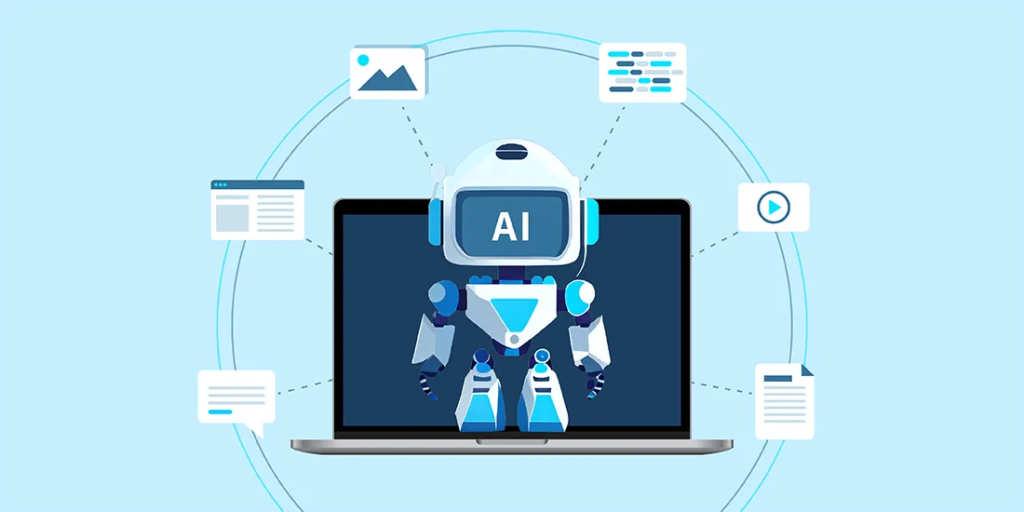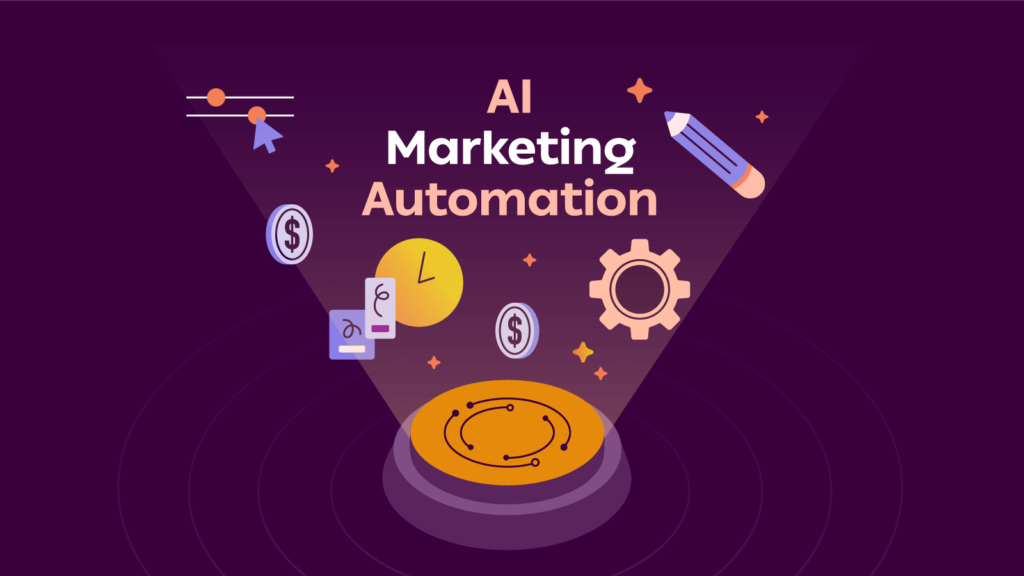
Artificial Intelligence has completely transformed how businesses approach marketing automation. It is now possible to have streamlined processes, personalize the customer experience, and make data-driven decisions with unprecedented efficiency. From creating targeted campaigns to analyzing customer behavior, AI is paving the way for a smarter and more efficient marketing world. Here are seven standout examples of AI in marketing automation that are changing industries and best practices in their wake.
1. Personalized Email Marketing Campaigns
Email marketing has been one of the best ways to engage with a customer, and AI has enhanced that by allowing hyper-personalized campaigns. It utilizes AI algorithms that track how users behave, their interests, and past interactions with content to craft emails suited specifically for the recipient.
For instance, Netflix and Spotify, for example, use AI recommendations of content through personalized e-mail updates. They tend to analyze viewing or listening habits of the user and recommend either movies, TV shows, or playlists that would meet the user’s preferences. The outcome is higher engagement, better customer loyalty, and a more connected user experience.
Key Benefits:
- Open rates and click-through rates (CTR) get improved.
- Audiences get segmented automatically.
- Dynamic creation of content based on users’ behavior.
2. AI-Based Chatbots for Customer Engagement
AI-based chatbots are now an essential part of marketing automation. While traditional chatbots follow a script, AI-based bots, like NLP-powered ones, are able to understand and interact with customers in a conversation flow.
Brands such as Sephora are using AI chatbots for helping users in product recommendation, booking appointments, and even answering FAQs. Such chatbots respond instantly, saving time and increasing customer satisfaction.
Key Benefits:
- 24/7 customer support.
- Handling thousands of queries at one go.
- Personalized interaction similar to human-like conversation.
3. Predictive Analytics for Targeted Marketing
Predictive analytics uses AI to analyze historical data and predict future outcomes, allowing marketers to find patterns or trends and optimize their campaigns. By leveraging predictive models, businesses can pinpoint which customers are most likely to convert, what they are interested in, and the best times to reach them.
For instance, Amazon’s recommendation engine predicts the likelihood of customers buying certain products based on their past behavior. Therefore, it ends up providing an uninterrupted shopping experience and higher sales.
Key Benefits:
- Improve customer targeting.
- Reduce churn rates by predicting the customer to be dissatisfied.
- Optimize marketing spend by focusing on high-potential leads.
4. Social Media Content Creation and Scheduling
Social media management is a time-consuming task; however, with AI tools such as Hootsuite, Buffer, and Sprout Social, the process can be fully automated, from creating content to scheduling. These tools analyze audience engagement patterns and determine the best times to post, and some can even suggest trending topics or hashtags.
For instance, the AI-driven tool can automatically add captions and image suggestions as well as compose an entire post aligned to a particular platform. This makes sure that the brand never fails to stay online because of the human workload that this automation negates.
Key Benefits:
- Constant posting.
- Engagement at optimal times.
- Audience preference trends and insights
5. Dynamic Pricing Strategies
Dynamic pricing is a strategy where prices are adjusted in real-time based on demand, competition, and other factors, and it is increasingly driven by AI. AI algorithms analyze market trends, customer purchasing behaviors, and competitor pricing to suggest optimal price points.
E-commerce giants like Uber and Airbnb use dynamic pricing to a great extent. For example, Uber’s surge pricing adjusts the costs of rides based on demand to ensure profitability while balancing customer needs.
Key Benefits:
- Revenue maximization through data-driven pricing.
- Real-time adaptability to market conditions.
- The use of AI improved customer satisfaction due to the price being aligned with the perceived value.
6. Content Curation and Recommendation Engines
AI is now part of content marketing, particularly in curating and recommending content aligned with user interests. Platforms such as YouTube, Amazon, and Medium make use of AI algorithms that analyze user activity and recommend videos, products, or articles accordingly.
For instance, Medium’s recommendation system will display articles that users have read, liked, or clapped for. This keeps the users on the platform for a longer period and increases the time spent consuming content.
Key Benefits:
- Increased user engagement through tailored recommendations.
- Reduced time spent searching for relevant content enhances the customer experience.
- Conversion rates increase because users find what they need faster.
7. Sentiment Analysis for Brand Monitoring
Understanding customer sentiment is crucial for building a strong brand image, and AI-powered sentiment analysis tools help marketers gauge how customers feel about their products or services. These tools analyze social media posts, reviews, and feedback to identify positive, negative, or neutral sentiments.
For example, Coca-Cola tracks brand mentions using sentiment analysis on social media platforms, allowing them to respond to customers’ concerns in a timely manner and leverage good feedback.
Key Benefits:
- Real-time insights about customer opinions.
- Better Crisis Management: Response to negative feed in real-time.
- Strategies based on data can improve brand perception.
Conclusion
AI in marketing automation is not a future concept anymore; it is reality that is shaping the way businesses connect with their audience. From personalized email campaigns to dynamic pricing and sentiment analysis, AI allows marketers to work smarter, not harder.
With these innovative AI-driven solutions, businesses can achieve efficiency and improve customer experiences in the most effective way while also driving tremendous growth. Whether small startups or global enterprises, it is only through incorporating AI into marketing strategies that they can keep up in this competitive landscape.


